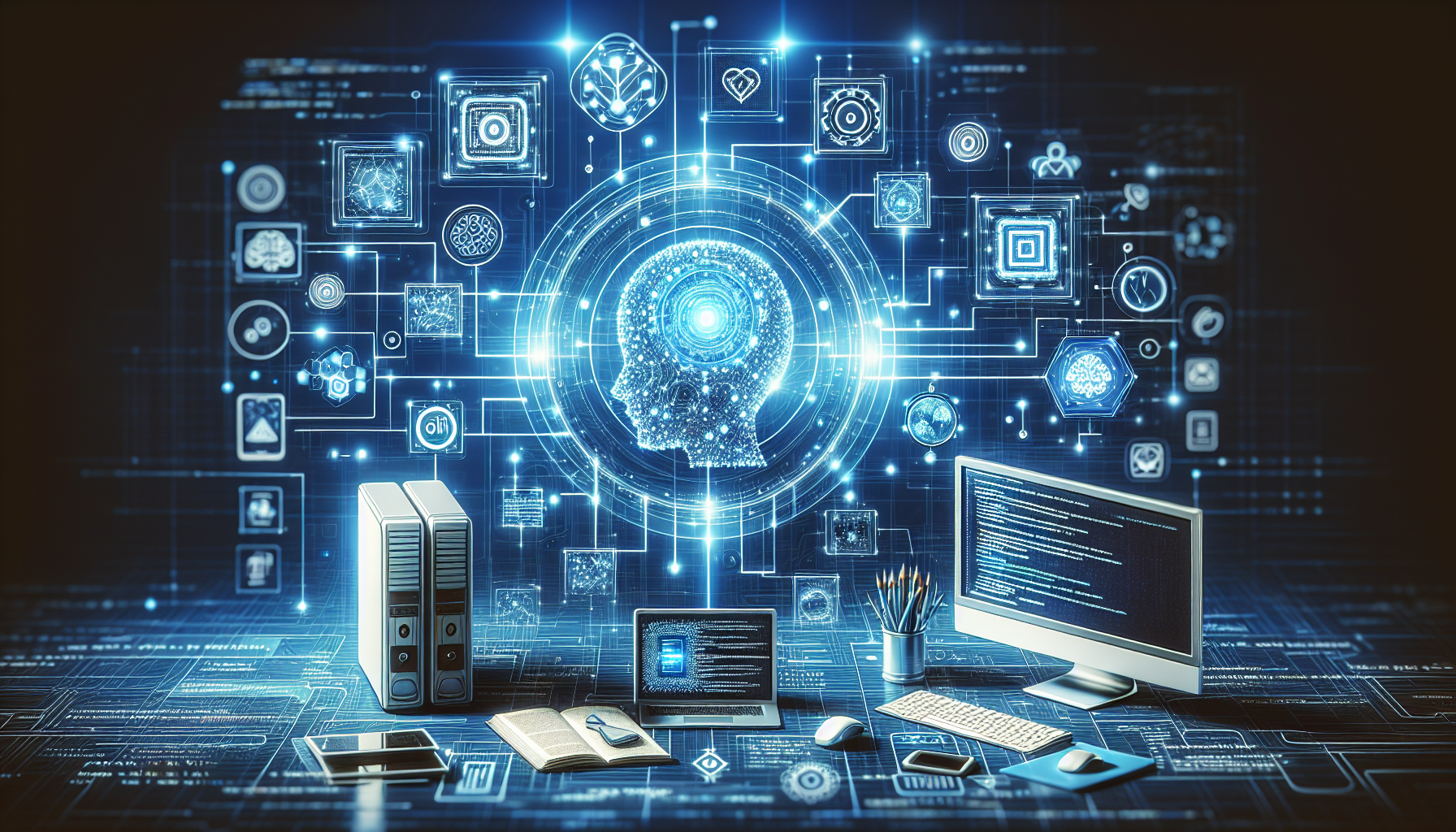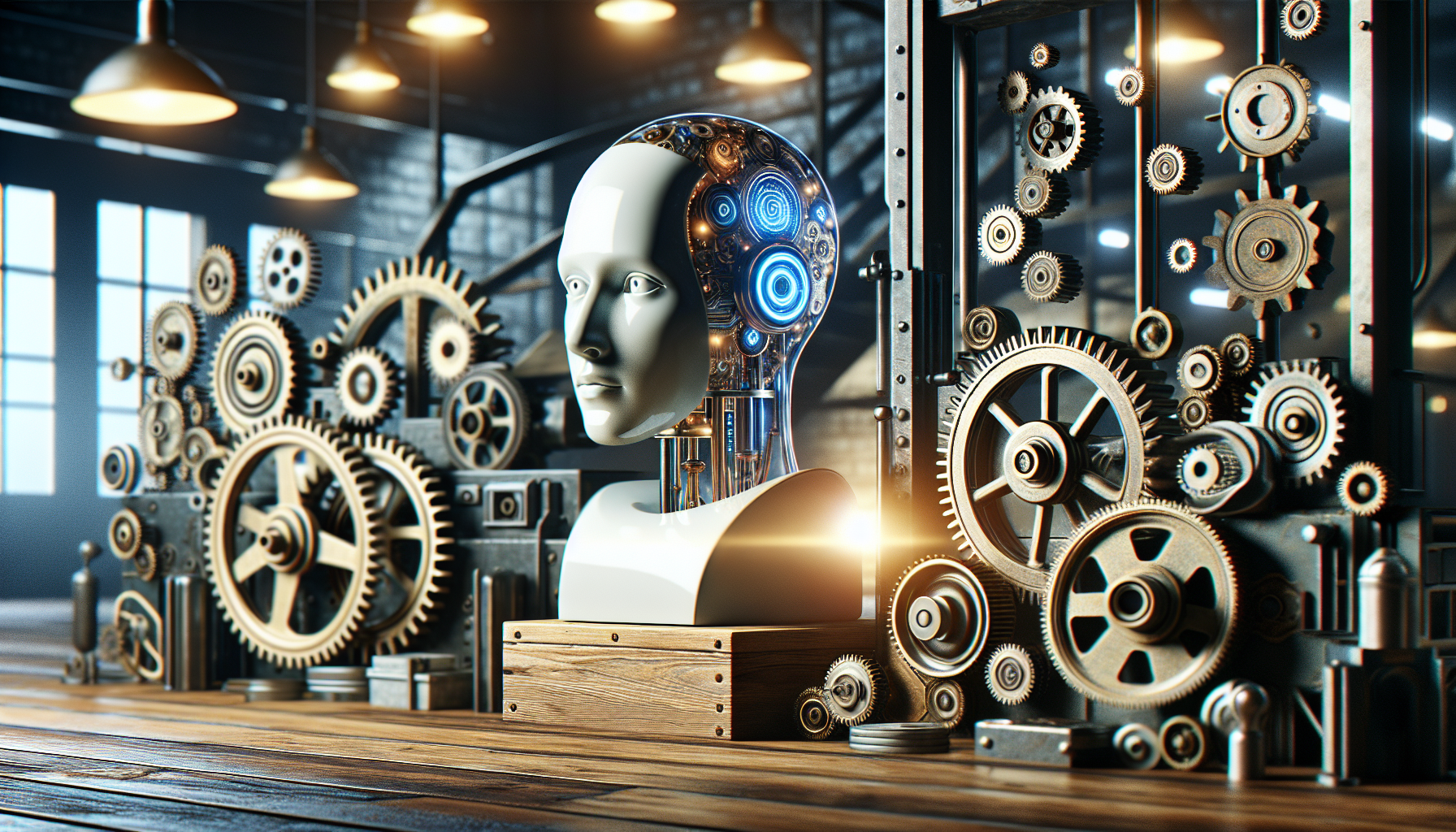
AI in Food Technology: Comparing Farm-to-Table Innovations Transforming Our Plates
June 21, 2025
Artificial intelligence is not just a futuristic concept confined to the realms of robotics and data analytics; it is actively reshaping our everyday experiences, including the way we grow, produce, and consume food. From the verdant expanses of farmland to the culinary magic happening in upscale kitchens, AI is driving innovations that promise not just efficiency, but a revolution in quality and sustainability. This transformation merits a closer look, particularly at how AI applications differ across various stages of the food supply chain and what this means for our future.
Imagine a farm where drones hover effortlessly, monitoring crop health with an accuracy that far surpasses human capability. These are not mere whims of tech enthusiasts; they are practical applications of AI that are proving indispensable. Machine learning algorithms analyze data gathered from drones and sensors, providing farmers with insights that lead to optimized irrigation practices and precise pest control. This precision farming not only boosts yield but also conserves vital resources like water and soil, addressing both economic and environmental concerns.
However, the narrative of AI in food technology does not end at the farm gate. The journey from farm to table involves a complex logistics network, where AI plays a crucial role. Consider the warehouses powered by AI-driven robotics, where food products are sorted, packed, and dispatched with remarkable efficiency. These systems are designed to reduce waste, ensuring that perishable goods reach consumers promptly, thus maintaining freshness and minimizing spoilage. This intersection of technology and logistics is an often-overlooked facet of AI's impact, yet it is fundamental to enhancing the food supply chain's reliability.
As we transition from the raw ingredients to the culinary arts, AI continues to make its presence felt. In modern kitchens, AI is at work behind the scenes, crafting recipes that cater to diverse dietary needs and preferences. By analyzing vast amounts of data on flavor profiles and nutritional content, AI can assist chefs in creating dishes that are not only delicious but also aligned with specific health goals. This capability to personalize the dining experience is a testament to AI’s versatility and its potential to redefine culinary creativity.
While these innovations are impressive, it is essential to conduct a comparative analysis of AI's role in food production versus its role in culinary arts. In agriculture, the focus is predominantly on enhancing productivity and sustainability. The use of AI is largely utilitarian, aimed at solving specific problems like pest management and resource optimization. Conversely, in the culinary domain, AI's role is more explorative and experiential, enriching the gastronomic experience with new possibilities.
This contrast highlights a broader implication: AI in food technology is not a one-size-fits-all solution; its applications must be tailored to the unique challenges and opportunities of each stage in the food supply chain. The adaptability of AI is its greatest strength, allowing it to be a transformative force across diverse contexts.
However, this transformation is not without challenges. The integration of AI into food systems raises questions about data privacy, the ethical use of technology, and the potential displacement of traditional roles in agriculture and culinary arts. These concerns must be addressed to harness AI's full potential without compromising ethical standards.
Despite these challenges, the persuasive argument for AI in food technology is clear. By improving efficiency, reducing waste, and enhancing creativity, AI is not just improving the food supply chain; it is redefining what is possible. The potential for AI to contribute to a more sustainable and delicious future is immense, provided it is guided by thoughtful implementation and regulation.
As we stand at the crossroads of tradition and innovation, we must ask ourselves: Are we ready to embrace the change AI brings to our food systems? The answer lies not just in technological capability but in our willingness to adapt and evolve. The future of food is being shaped today, and AI is at the helm, steering us toward a horizon filled with unprecedented possibilities.


